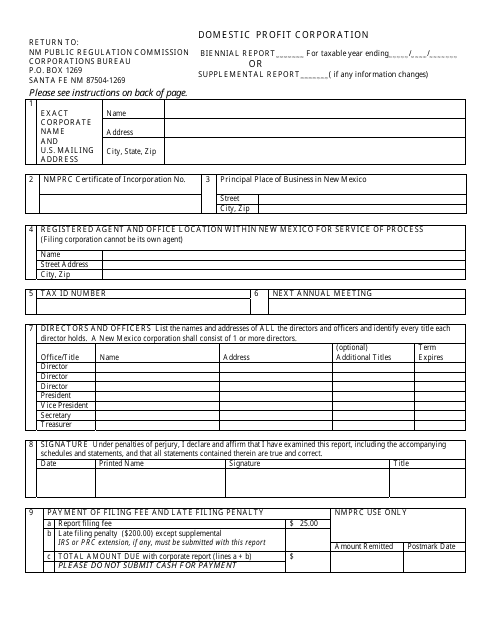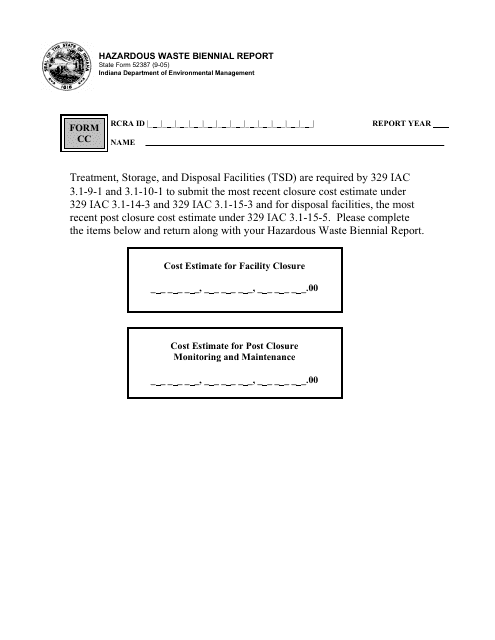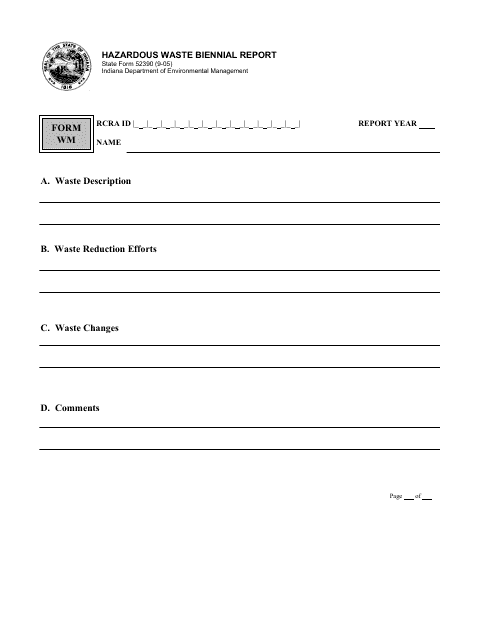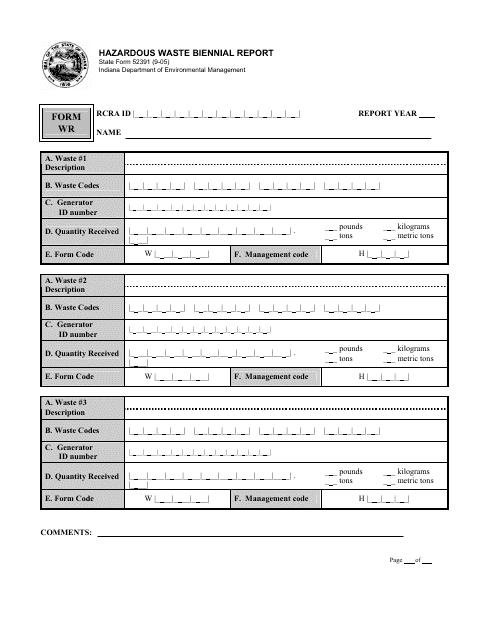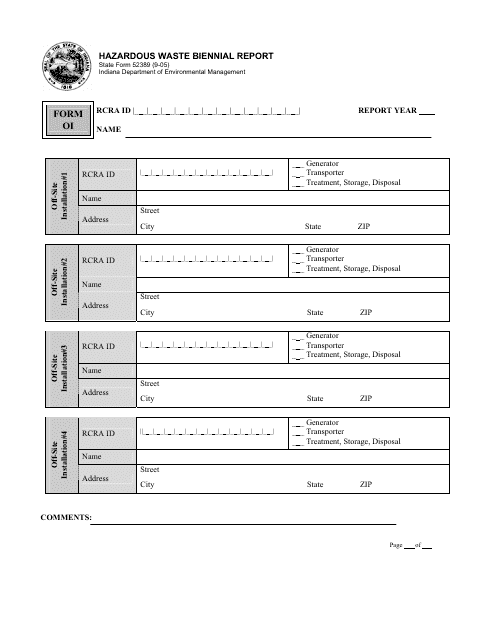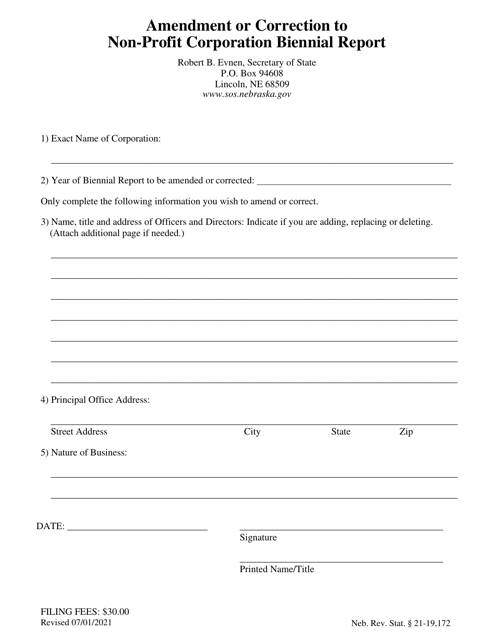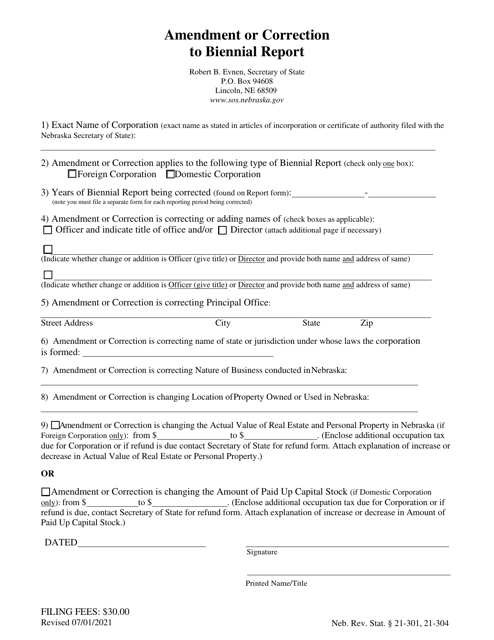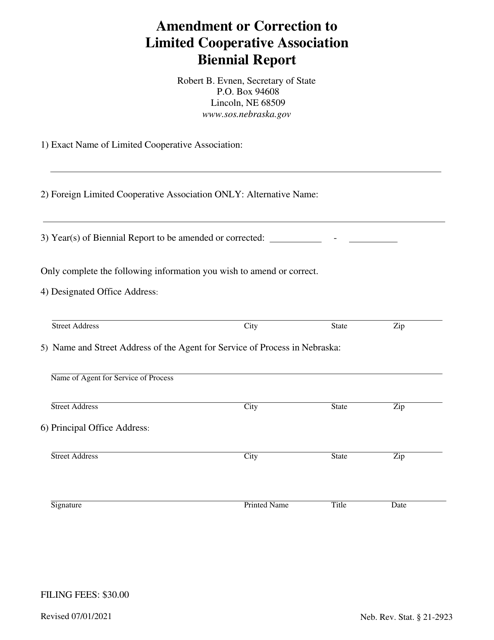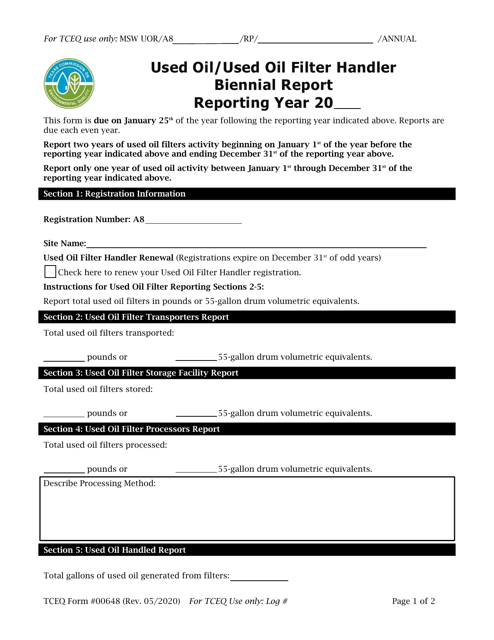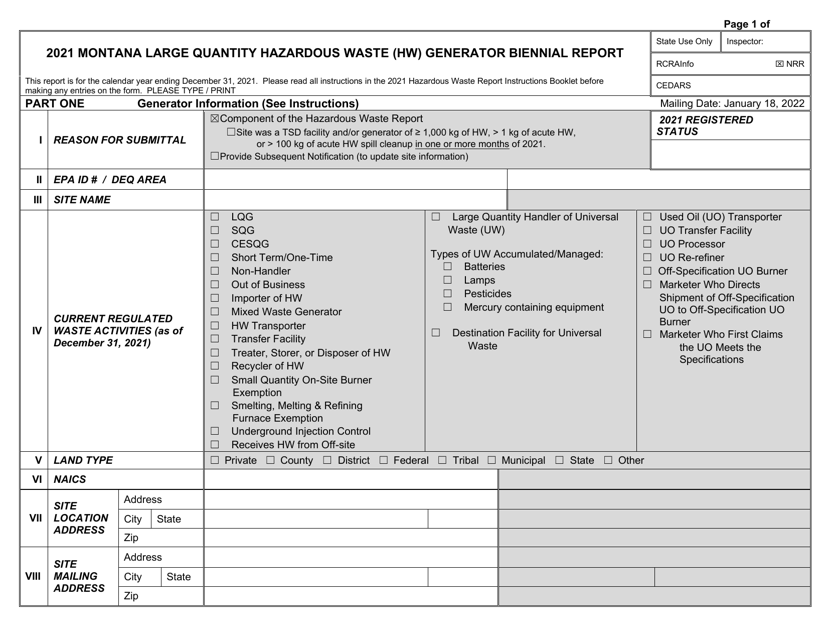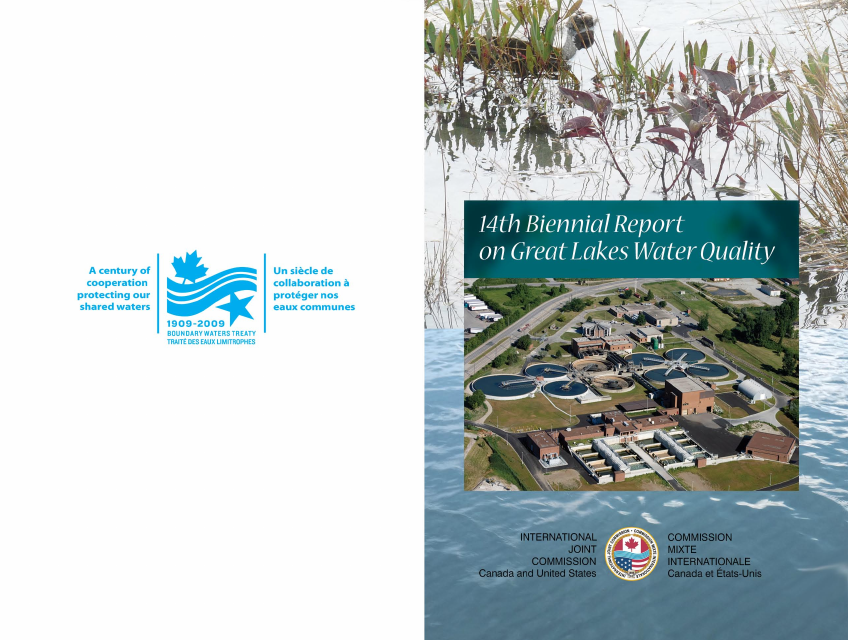Biennial Report Templates
A biennial report is a comprehensive document that provides a detailed overview of an organization's activities, achievements, and financial performance over a two-year period. This report serves as a valuable tool for stakeholders, government agencies, and the general public to assess the transparency, accountability, and overall impact of the organization.
The biennial report, also known as the two-year review or 24-month summary, is a consolidation of key data, statistics, and narratives that highlight the organization's progress, challenges, and future plans. It offers a holistic view of the organization's strategic goals, initiatives, and results, allowing interested parties to gain a deeper understanding of its mission, vision, and overall impact on society.
Typically, a biennial report includes information on the organization's financial health, such as revenue, expenses, and assets. It may also outline the allocation of resources, including funds allocated to specific programs or projects. Moreover, the report can feature case studies, success stories, and testimonials from stakeholders, providing a qualitative perspective on the organization's impact on individuals, communities, and the environment.
In addition to fulfilling regulatory and legal obligations, the biennial report serves as a communication tool that showcases an organization's values, ethics, and commitment to transparency. It allows stakeholders to evaluate the organization's performance and make informed decisions about their support, funding, or partnership.
Overall, the biennial report is a comprehensive documentation of an organization's journey over a two-year period. By presenting a balanced and transparent account of its activities, achievements, and financials, it conveys the organization's vision, purpose, and impact. Whether it's a hazardous waste biennial report or a biennial report for a nonprofit corporation or limited liability company, these reports play a vital role in fostering accountability, driving improvements, and building trust with stakeholders.
Documents:
17
This Form is used for submitting a biennial or supplemental report in the state of New Mexico.
This form is used for reporting hazardous waste biennially in the state of Indiana.
This form is used for submitting a Hazardous Waste Biennial Report in the state of Indiana.
This Form is used for reporting hazardous waste to the state of Indiana on a biennial basis.
This form is used for submitting a Hazardous Waste Biennial Report in the state of Indiana.
This form is used for submitting a biennial report by handlers of used oil and used oil filters in Texas. It is required by the Texas Commission on Environmental Quality (TCEQ) to track and monitor the proper handling and disposal of these materials.
This document is for reporting large quantity hazardous waste generation in Montana. It is used to track and manage hazardous waste produced by businesses.
This document provides a comprehensive report on the state of Great Lakes water quality, prepared by the International Joint Commission in collaboration with the United States and Canada. It covers various aspects such as pollution, conservation efforts, and measures taken to address water quality issues in the Great Lakes region.

